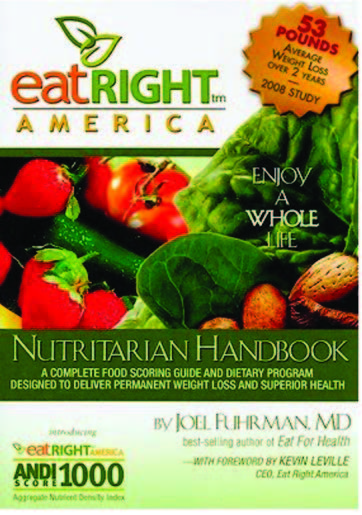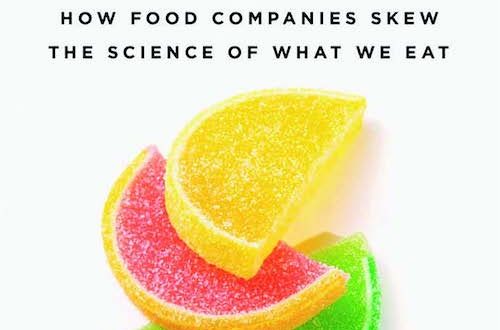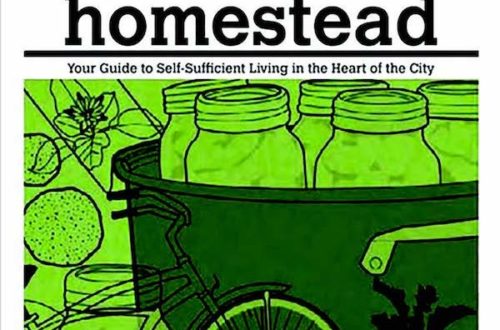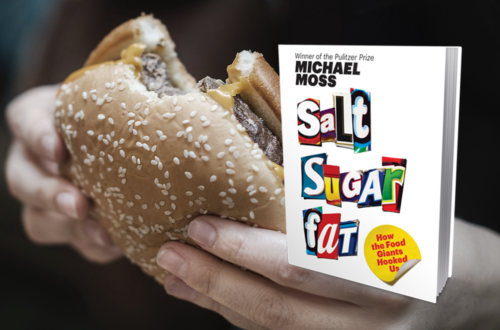Especially During Holidays
Let’s face it, once the Holiday eating season is upon us, who can resist the seasonal delights? All year long we yearn for mouthwatering holiday foods. My sister’s Figgie pudding (with hard sauce) is my real weakness. It actually hijacks my brain cells to indulge.
Going into the Holiday Eating Season, I practice Conscious Eating by being aware of my blood sugar fluctuations, and not “starving-to-binge” by missing meals just to take on more calories later. Approaching a big feast with an empty stomach just makes me heap my first plate full and (fill my dessert stomach too early) before the second plate arrives. Finally, it’s how to ingest one-of-each of the sweet deserts before leaving and not explode!
This feasting experience is quite a departure from my normal eating strategy and it’s taken quite a while, and a lot of study, to plan my nutritional approach to a big meal. My greatest discovery is rationing or plating ‘One Taste Only’ portions of proteins, lean meats, and vegetables while minimizing carbs, or grains (unless they are whole grains). My nutrition radar goes on high alert to avoid saturated fats, highly processed foods, salts, added sugars, and processed meats. Guidance from choosemyplate.gov can provide excellent direction for formulating a personal strategy.
Meal spoiler alert: it’s not enough to just practice ‘avoidance eating’ by staying away from gluten, saturated fats, salts, and added sugars). You will benefit from practicing “intentional eating” by including sources of micro-nutrients. Most consumers are not protein deficient but may lack knowledge of nutrients. One of my favorite reminders is, “It’s mealtime, do you know where your nutrition is?” Search “Eat Right America” for more information on the nutrient content of foods. You have choices about the nutrient density of your calories In order to “make every calorie count.” educate yourself on the nutritional value of your food choices. How many nutrients are in the calories you eat? And don’t forget to stay hydrated by drinking plenty of water with your meals.
Emergency Plan: keep a backup snack plan close at hand. Nut butters, when added to fruits, carbs, and whole-grain breads/crackers are great for getting through until the next meal. Nut and seed butters are very satiating (even on a spoon) and are great in an emergency. Pay attention to any added ingredients. Too many nut butters (and foods) are made less healthy by the addition of salts, sugars, and worst of all, palm oils. Palm oil contains very few nutrients and is a major cause of the destruction of the rainforests.
In summary, the better your everyday eating strategy, the better your holiday eating strategy will be. It’s harder to eat healthy for a holiday feast if your daily eating practice includes junk foods (and junk discipline). In addition, your daily exercise practice must be at least as rigorous as your eating practices. Both your daily eating, and exercising practices, must be disciplined and deliberate, or you will risk weight gain, lethargy, and deteriorating health.
Ken Condliff was the founder of Nut-Tritious Foods, a healthy food company dedicated to producing nutrient-dense nut butters.
For More Info: https://www.nut-tritiousfoods.com






